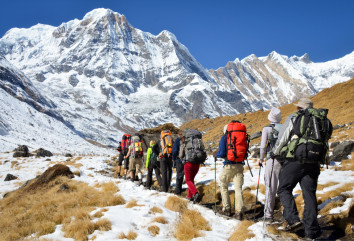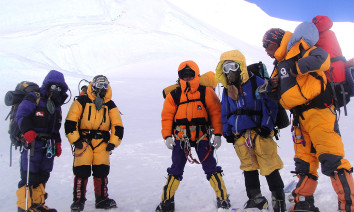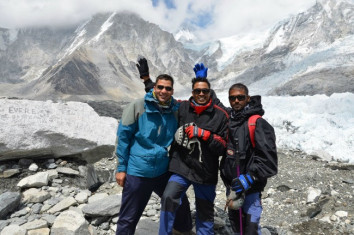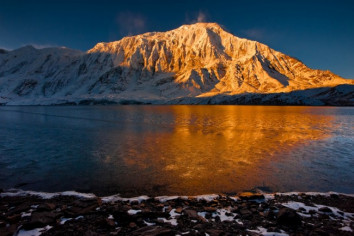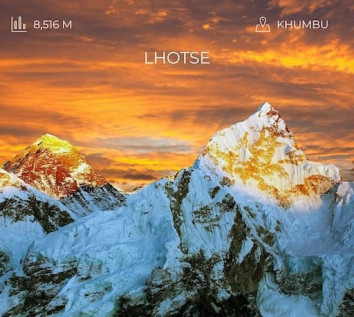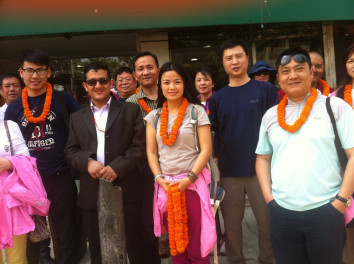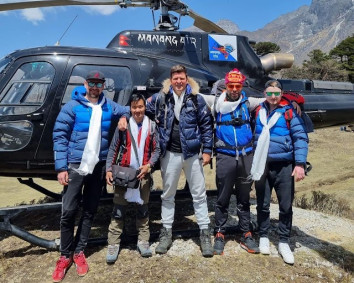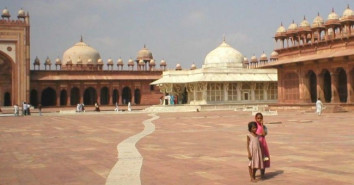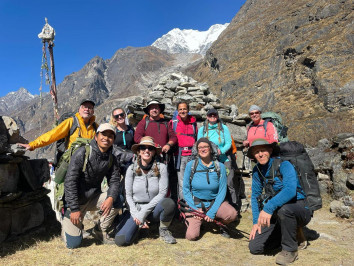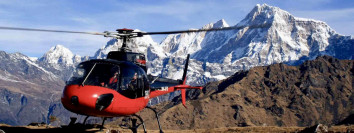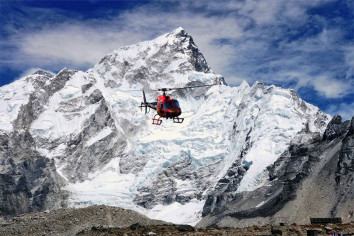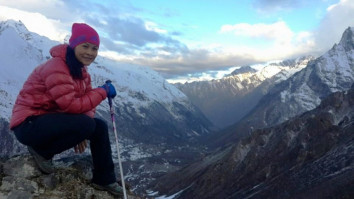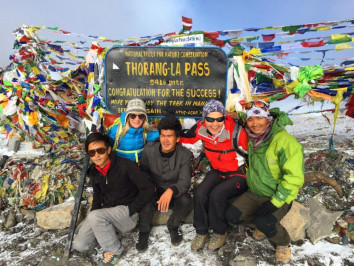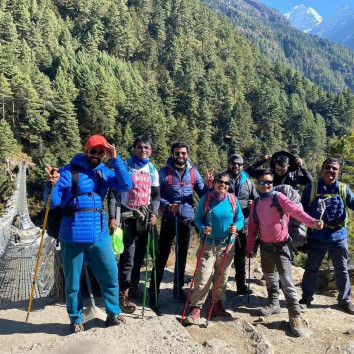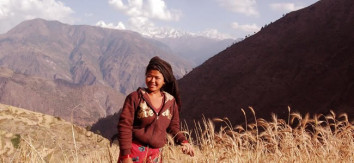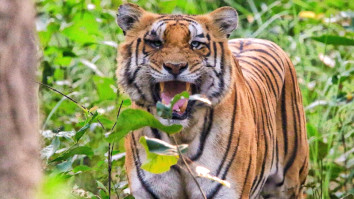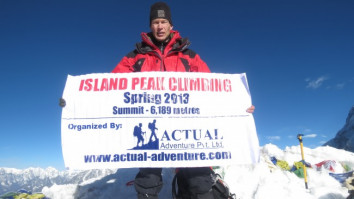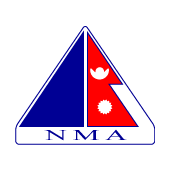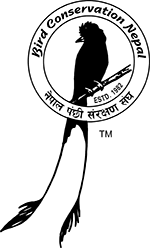11th Feb, 2024
Manaslu Summit Climb (8163m), Spring, Autumn, Complete Guide
Climbing Manaslu, the eighth highest mountain in the world at 8,163 meters (26,781 feet), is a significant undertaking and requires careful planning, preparation, and experience in high-altitude mountaineering. Here's a complete guide for climbing Manaslu in both spring and autumn:
Table of Contents
Manaslu Expedition Facts
| Highest access | 8,163m (26,763ft) |
|---|---|
| First Ascent | Toshio Imanishi and Gyalzen Norbu (Japan), May 9, 1956 |
| Duration | 40 (typically) Days |
| Group Size | 01-10 persons per Group |
| Co-ordinates | 28°32'58''N, 84°33'43''E |
| Location | Nepal/Manaslu Region/Lamjung District |
| Country | Nepal |
| Airport | Kathmandu (KTM) |
| Departure From | Kathmandu (KTM) |
| Grade | Low technical difficulty |
| Accommodation | Three star to five stars as request |
| Meals | B/B plan in Kathmandu & B,L,D during Driving and climbing period |
| Transportation | Car, Jeep, Mini Bus |
| Best season | Spring (April, May) and autumn (October, November) |
| Major Activity | trekking/climbing |
| Include Activity | Sightseeing in Kathmandu |
| Culture | Tamang, Sherpa |
| Mode of Travel | Tea House/Camping |
| Climbing route | Northeast ridge |
| Himalayan sights | Buddha Himal, Annapurna, Ganesh Himal |
The Manaslu Expedition in Spring 2024 and 2025 presents an incredible opportunity to conquer the majestic peak standing at 8,163 meters (26,763 feet) above sea level. Spring is an optimal time for mountaineering in the Himalayas due to favorable weather conditions, making it an ideal season for this expedition.
Expedition Overview:
- Duration: The expedition typically spans approximately 40 days, including preparation, trekking, acclimatization, climbing, and descent.
- Route: The journey begins in Kathmandu, where participants will make necessary preparations and acclimatization. From there, the route proceeds towards Arughat, Sotikhola, Machhakhola, Jagat, Deng, Namrung, Lho, and Sama Gaun before reaching Manaslu Base Camp.
- Climbing Period: Following adequate acclimatization at the base camp, climbers will commence the ascent towards the summit of Mount Manaslu. This period usually lasts around 18 days and involves navigating challenging terrain, including steep ice and snow slopes, crevasses, and high winds.
- Return Journey: After a successful summit, climbers will descend back to the base camp and then proceed to retrace their steps through Sama Gaun, Namrung, Philim village, and Machakhola before concluding the expedition in Arughat. Finally, participants will return to Kathmandu for departure.
Expedition Preparation and Support:
- Permits: The expedition includes necessary permits, such as the Manaslu expedition permit, conservation area entry permits, and special/restricted area trekking permits.
- Accommodation: Accommodations are provided in Kathmandu hotels and teahouses/lodges during the trekking portion of the expedition.
- Equipment: Camping equipment at advanced base camp and other camps, as well as high-altitude food, oxygen, and safety gear, are provided.
- Guides and Support: Experienced guides, including private climbing Sherpa guides, are available to provide support and guidance throughout the expedition. Support staff, including cooks and porters, ensure the smooth functioning of the expedition.
- Safety Measures: Safety equipment such as Gamow bags, first aid kits, communication devices (walkie-talkies, satellite phones), and solar panels for charging are included.
Challenges and Considerations:
- Altitude: Climbers must be prepared for high altitude conditions, including the risk of altitude sickness. Adequate acclimatization and adherence to safety protocols are crucial.
- Physical and Mental Preparation: The expedition demands physical fitness, endurance, and mental resilience to overcome challenges such as long hours of trekking and climbing.
- Weather: While Spring offers favorable weather conditions compared to other seasons, climbers must be prepared for sudden changes in weather and temperature.
- Logistics: Logistics, including accommodation availability, trail conditions, and transportation arrangements, need to be carefully coordinated and managed throughout the expedition.
Personal Preparation:
- Fitness Training: Prior to the expedition, participants should engage in physical training and conditioning tailored to mountaineering activities, focusing on strength, endurance, and cardiovascular fitness.
- Gear Preparation: Ensuring the proper gear and equipment, including clothing, footwear, mountaineering equipment, and personal essentials, is essential for a successful and comfortable expedition.
- Medical Consultation: Consultation with a healthcare provider to assess fitness for high-altitude activities and address any pre-existing medical conditions is recommended.
Overall, the Manaslu Expedition in Spring 2024 promises an unforgettable adventure amidst the awe-inspiring Himalayan landscape, offering participants the opportunity to test their limits and achieve the remarkable feat of summiting an 8,000-meter peak.
1. Choosing the Season:
- Spring (March to May): Typically the most popular season for climbing Manaslu due to more stable weather conditions and fewer risks of avalanches.
- Autumn (September to November): Another favorable season with stable weather conditions, clear skies, and less precipitation.
2. Permits and Regulations:
- Obtain a climbing permit from the Nepalese government through a registered trekking agency.
- You'll need a climbing permit specifically for Manaslu, along with other permits required for trekking in the region.
- Ensure you comply with all regulations set by the Nepalese government for climbing Manaslu.
3. Physical Fitness and Training:
- Manaslu is a demanding peak requiring excellent physical fitness and endurance.
- Engage in a rigorous training regime focusing on cardiovascular endurance, strength training, and altitude acclimatization.
4. Gear and Equipment:
- High-quality mountaineering gear is essential, including down suits, crampons, ice axes, harnesses, ropes, helmets, and high-altitude boots.
- Carry a comprehensive medical kit, including medications for altitude sickness and other common mountaineering ailments.
5. Hiring a Guide or Joining an Expedition:
- Consider hiring an experienced guide or joining a guided expedition.
- Guides provide valuable expertise, support, and logistical assistance throughout the climb.
6. Acclimatization Schedule:
- Plan a gradual acclimatization schedule to minimize the risk of altitude sickness.
- Include multiple rest days at different altitudes to allow your body to adjust to the reduced oxygen levels.
7. Route and Camps:
- The standard route typically follows the northeast face of Manaslu.
- Establish multiple high-altitude camps, strategically spaced for acclimatization and ascent.
8. Climbing Strategy:
- Plan your climbing strategy carefully, considering weather forecasts, route conditions, and team dynamics.
- Practice proper climbing techniques, including rope management, glacier travel, and ice climbing.
9. Safety Measures:
- Prioritize safety at all times, including using appropriate safety gear, following established protocols, and monitoring weather conditions.
- Be prepared to abort the climb if conditions become unsafe or if team members experience health issues.
10. Environmental Considerations:
- Practice Leave No Trace principles to minimize your impact on the fragile mountain environment.
- Respect local customs, traditions, and wildlife habitats.
11. Emergency Protocols:
- Establish emergency protocols, including communication plans, evacuation procedures, and emergency shelters.
- Carry emergency communication devices such as satellite phones or personal locator beacons.
12. Post-Climb Considerations:
- Reflect on your experience and share your knowledge with the mountaineering community.
- Consider giving back to the local communities by supporting sustainable tourism initiatives or environmental conservation projects.
Climbing Manaslu is a challenging and rewarding experience that requires careful planning, preparation, and respect for the mountain environment. By following these guidelines and exercising caution and diligence, you can increase your chances of a successful summit and a safe return.
Sample Itinerary for the Manaslu Expedition
| Day | Activity | Accommodation |
|---|---|---|
| Day 1 | Arrival in Kathmandu | Hotel |
| Day 2 | Kathmandu: Expedition Briefing and Preparation | Hotel |
| Day 3 | Drive from Kathmandu to Arughat | Lodge/Teahouse |
| Day 4 | Trek from Arughat to Sotikhola | Lodge/Teahouse |
| Day 5 | Trek from Sotikhola to Machhakhola | Lodge/Teahouse |
| Day 6 | Trek from Machhakhola to Jagat | Lodge/Teahouse |
| Day 7 | Trek from Jagat to Deng | Lodge/Teahouse |
| Day 8 | Trek from Deng to Namrung | Lodge/Teahouse |
| Day 9 | Trek from Namrung to Lho | Lodge/Teahouse |
| Day 10 | Trek from Lho to Sama Gaun | Lodge/Teahouse |
| Day 11 | Acclimatization and Exploration in Sama Gaun | Lodge/Teahouse |
| Day 12 | Trek from Sama Gaun to Manaslu Base Camp | Camping at Base Camp (ABC) |
| Day 13-30 | Climbing Period: Ascent and Descent of Mount Manaslu | Camping at High Camps (C1, C2, C3) |
| Day 31 | Descend from Manaslu Base Camp to Sama Gaun | Lodge/Teahouse |
| Day 32 | Trek from Sama Gaun to Namrung | Lodge/Teahouse |
| Day 33 | Trek from Namrung to Philim | Lodge/Teahouse |
| Day 34 | Trek from Philim to Machakhola | Lodge/Teahouse |
| Day 35 | Trek from Machakhola to Arughat | Lodge/Teahouse |
| Day 36 | Drive from Arughat to Kathmandu | Hotel |
| Day 37 | Kathmandu: Rest and Relaxation | Hotel |
| Day 38 | Kathmandu: Sightseeing or Contingency | Hotel |
| Day 39 | Departure from Kathmandu | - |
Please note that this itinerary is a general outline and may be subject to change based on factors such as weather conditions, group pace, and acclimatization needs. Additionally, the climbing period may vary depending on individual and team progress and summit conditions.
The Manaslu Expedition-Spring 2024/2025
| Date | Day | Activity | Altitude (m/ft) | Accommodation |
|---|---|---|---|---|
| 10 April | Day 01 | Arrival in Kathmandu Airport and transfer to hotel Yak and Yeti or similar hotel accommodation in Kathmandu | 1350m/4430ft | Hotel |
| 11 April | Day 02 | Preparation, briefings, last minute shopping and permit formalities. | - | Hotel |
| 12 April | Day 03 | Drive from Kathmandu to Arughat to Sotokhola 7hrs | 950m/3117ft | Tea house/camping |
Why Choose Spring for Climbing Manaslu?
Spring is undoubtedly one of the prime seasons for conquering Mount Manaslu. As the grip of the rainy and summer seasons loosens, temperatures begin to drop, heralding the onset of snow deposition in the mountainous region. During this time, the weather remains pleasantly warm without being uncomfortably cold, making it ideal for climbers. The rocky peaks of the high mountains gradually become blanketed with thicker layers of snow, facilitating easier rope fixing.
The daytime temperatures on Mount Manaslu during spring are mild, creating optimal conditions for climbing. Drawing from our extensive experience, we find that climbing in spring offers greater ease and a higher success rate in reaching the summit. Additionally, the routes are adorned with lush greenery, and the surrounding areas are alive with the vibrant colors of natural flowers.
As temperatures gradually decrease, the initial stages of snow deposition set in. At the outset, the routes are clearly visible, with minimal snow covering and fewer obstacles. This makes tasks such as fixing climbing ropes, ladders, and setting up camps significantly easier and more manageable."
Useful Information For Manaslu Expedition
The Manaslu Expedition in 2024 offers an exhilarating journey to summit one of the world's highest peaks. Here's what you can expect from the expedition:
What to Expect:
- Challenging Terrain: The Manaslu route presents various challenges including steep ice and snow slopes, crevasses, and high winds.
- Acclimatization: Adequate acclimatization is essential to adjust to the high altitude and reduce the risk of altitude sickness.
- Teamwork: Climbing Manaslu requires teamwork and cooperation among expedition members, guides, and support staff.
- Safety Measures: Safety is paramount, with measures such as oxygen supply, medical kits, and emergency rescue equipment like Gamow bags in place.
- Duration: The expedition typically spans about 40 days, including preparation, trekking, climbing, and returning to Kathmandu.
Cost Includes:
- Arrival and Departure Transfers: Transportation to and from Kathmandu.
- Accommodations: Hotel stays in Kathmandu and teahouses/lodges during trekking.
- Expedition Permits: Including Manaslu expedition permit, conservation area entry permits, and special/restricted area trekking permits.
- Camping Equipment: Provided at advanced base camp and other camps.
- Food and Guides: Meals, accommodation, and guides during trekking, as well as food cooked by experienced cooks at base camp.
- Sherpa Support: Private climbing Sherpa guide, oxygen, and other necessary equipment for climbing support.
- Insurance and Allowances: Coverage for climbing Sherpas and base camp staff, including wages, insurance, and meal allowances.
- Communication and Safety Equipment: Including walkie-talkies, satellite phones, and solar panels for communication and charging.
- Miscellaneous: Icefall and rope fixing charges, high altitude food, farewell dinner, government taxes, and office service charges.
Cost Excludes:
- International Flight Ticket and Visa Fees
- Meals in Kathmandu
- Extra Expenses: Such as personal expenses, extra accommodations, additional baggage charges, WiFi, laundry, and tips.
- Travel and Rescue Insurance
Best Time for Manaslu Expedition:
- Spring and Autumn: Preferred seasons for the expedition due to favorable weather conditions and clear skies.
- Winter and Monsoon: Doable but more challenging due to cold temperatures, snow, and slippery trails.
Difficulties Faced:
- Routes and Duration: Rough, uneven paths with uphill and downhill climbs, requiring physical endurance and stamina.
- Altitude Sickness: Risk of altitude sickness due to high elevation; symptoms include headache, nausea, dizziness, and breathing difficulties.
- Accommodation: Limited availability, especially in peak seasons, with shared rooms and basic facilities in higher regions.
- Limited Facilities: Lack of ATM machines and banks in remote areas, requiring carrying sufficient cash.
- Fitness: Physical and mental fitness are crucial for completing the climb; a full-body check-up is recommended before the expedition.
Overall, the Manaslu Expedition offers a thrilling adventure amidst stunning Himalayan landscapes, but climbers must be prepared for the physical and mental challenges it presents.
Recent Posts
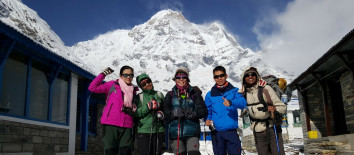
23rd Jan, 2017
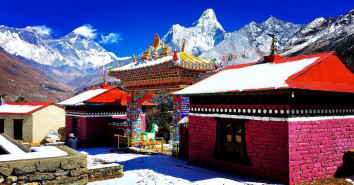
12th Jan, 2014
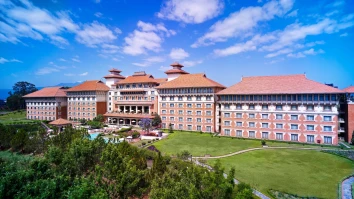
24th Apr, 2017
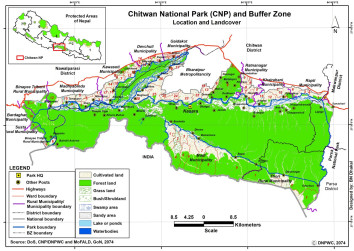
3rd Apr, 2014

3rd Jun, 2017
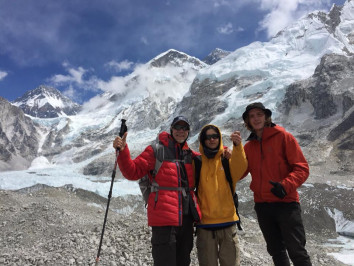
20th Jan, 2017
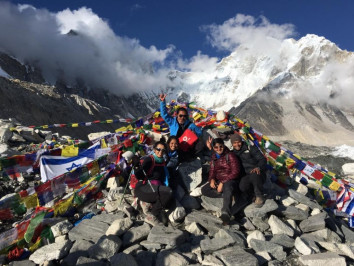
16th Jan, 2017
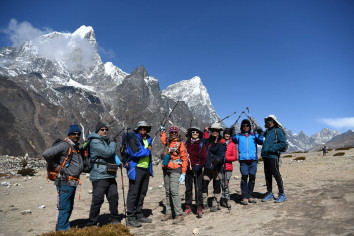
12th Jul, 2015

9th Apr, 2019
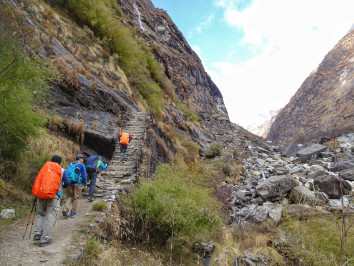
9th Jan, 2014
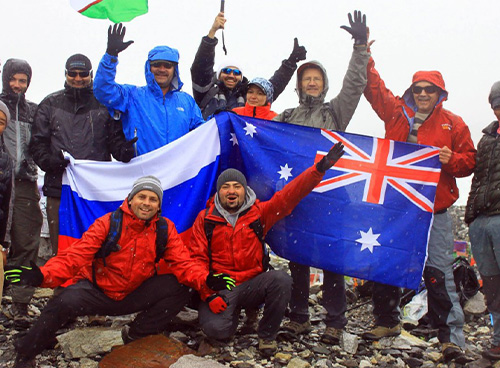
4th Apr, 2019

2nd Jan, 2014

2nd Apr, 2019

2nd Jan, 2014
-1.jpg)
30th Jan, 2017
-1.jpg)
4th Oct, 2018

16th Oct, 2018
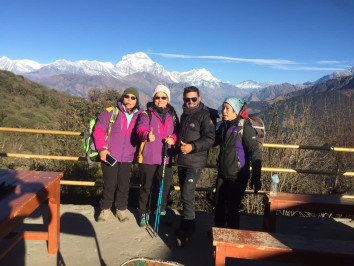
9th Oct, 2018
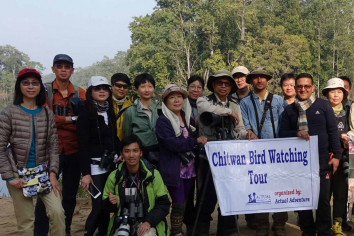
24th Jan, 2016
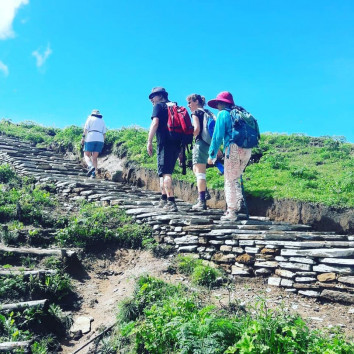
4th Oct, 2018
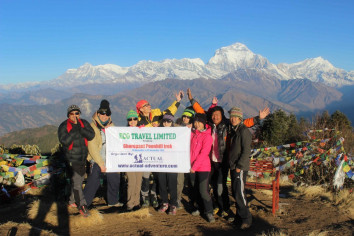
24th Aug, 2022

8th Sep, 2022
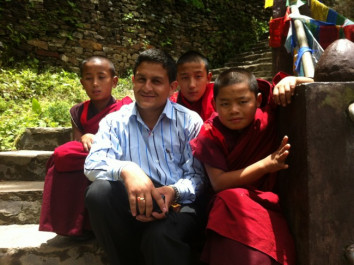
15th Sep, 2022
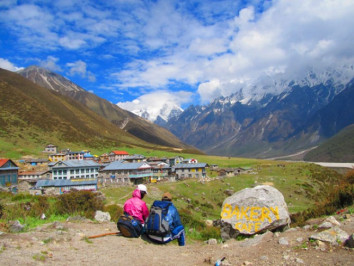
3rd Mar, 2023
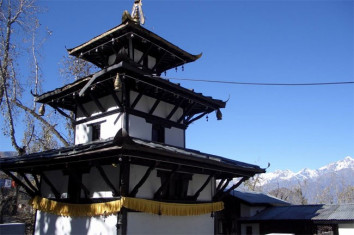
7th Mar, 2023
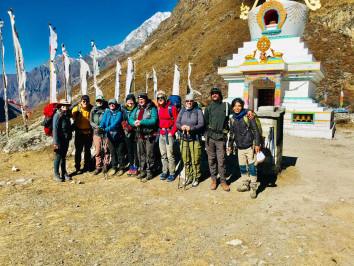
27th Mar, 2023

5th Apr, 2023

12th Apr, 2023
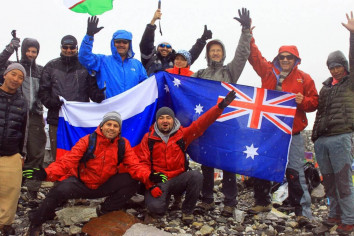
21st Apr, 2023
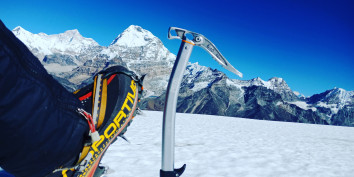
24th Apr, 2023
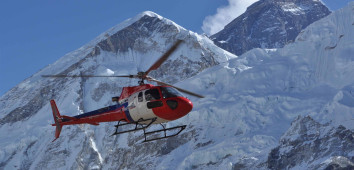
27th Apr, 2023
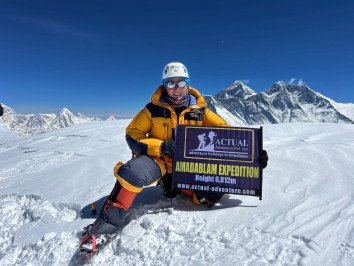
1st May, 2023
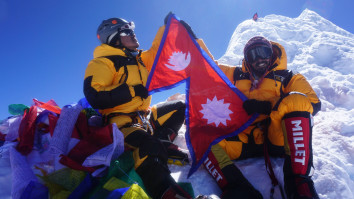
1st May, 2023
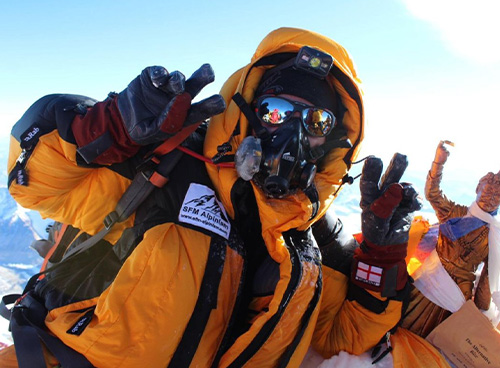
3rd May, 2023
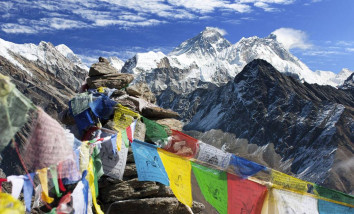
18th May, 2023

19th May, 2023
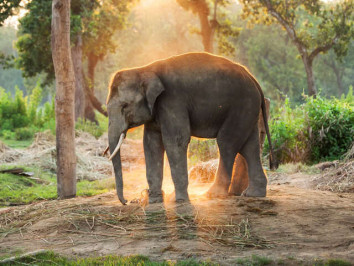
16th Jul, 2023

16th Jul, 2023
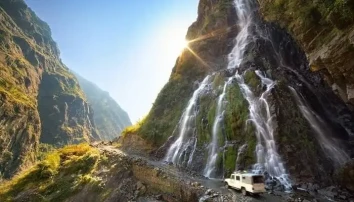
16th Jul, 2023
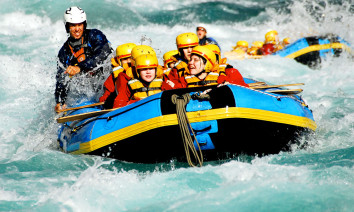
16th Jul, 2023
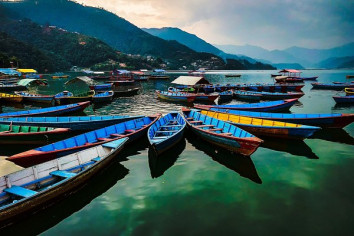
17th Jul, 2023

17th Jul, 2023

17th Jul, 2023
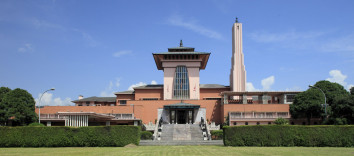
17th Jul, 2023

17th Jul, 2023
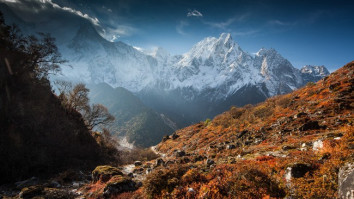
17th Jul, 2023

17th Jul, 2023

20th Jul, 2023
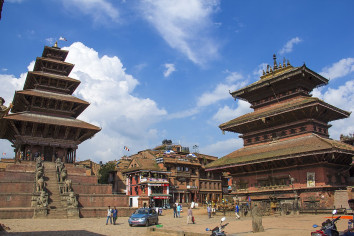
21st Jul, 2023

27th Jul, 2023
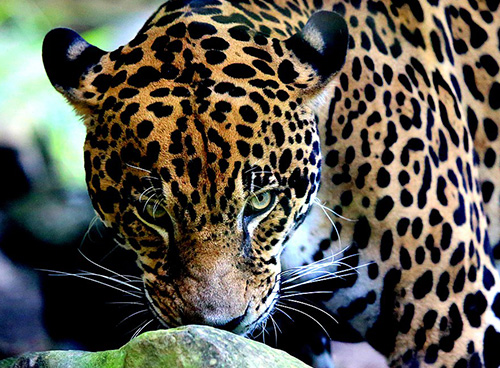
30th Jul, 2023
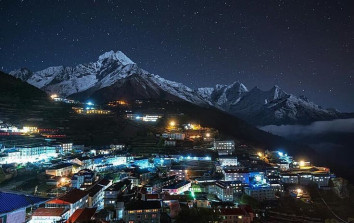
30th Jul, 2023
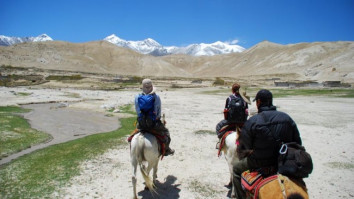
21st Aug, 2023

22nd Aug, 2023
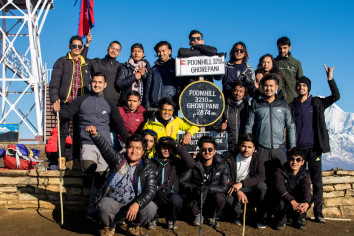
28th Aug, 2023
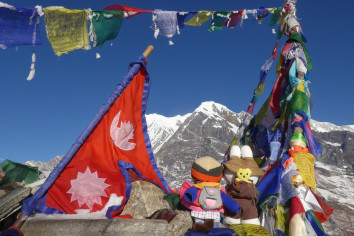
6th Oct, 2023

5th Nov, 2023

7th Nov, 2023

19th Nov, 2023
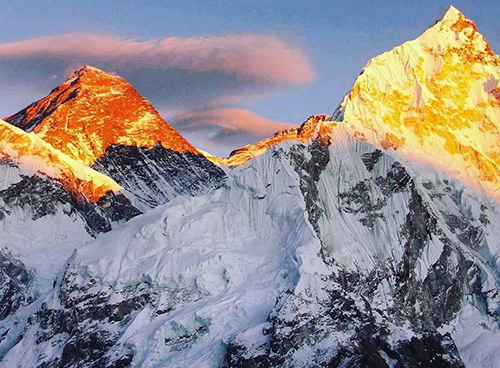
25th Nov, 2023

1st Dec, 2023
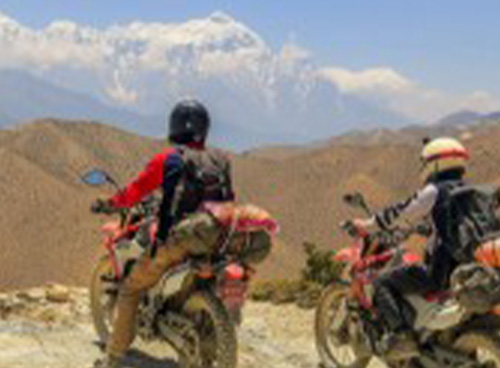
3rd Dec, 2023

13th Dec, 2023
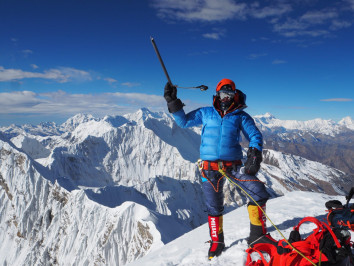
13th Dec, 2023

13th Dec, 2023

21st Dec, 2023
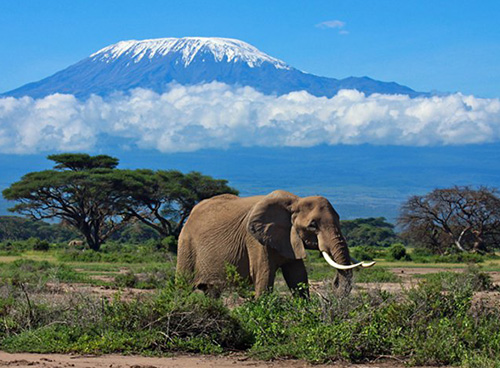
21st Dec, 2023
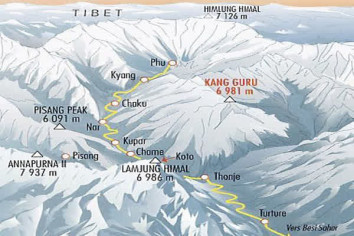
23rd Dec, 2023
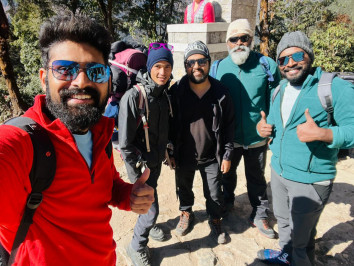
25th Dec, 2023

25th Dec, 2023

31st Dec, 2023
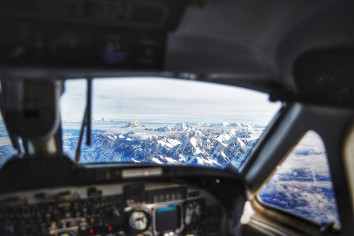
31st Dec, 2023
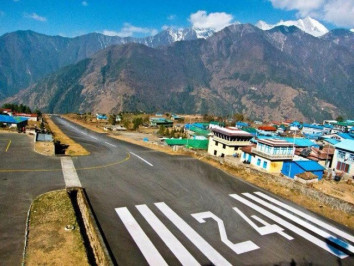
31st Dec, 2023
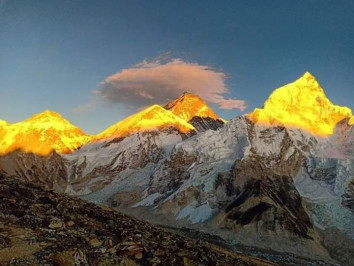
1st Jan, 2024
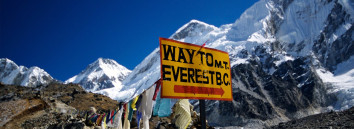
2nd Jan, 2024

2nd Jan, 2024
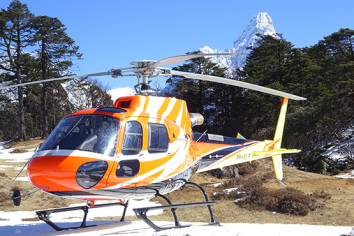
2nd Jan, 2024
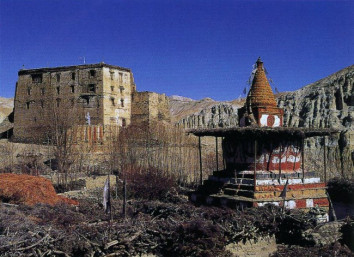
3rd Jan, 2024
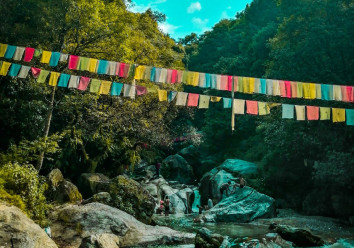
4th Jan, 2024

4th Jan, 2024
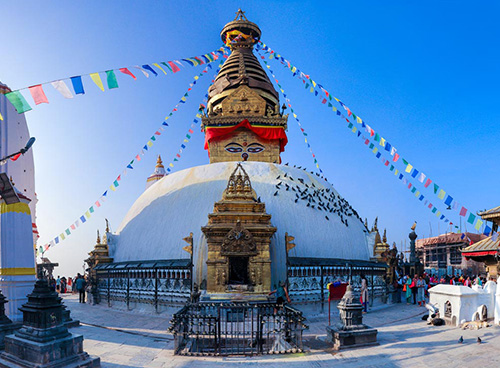
4th Jan, 2024
.jpg)
4th Jan, 2024

4th Jan, 2024
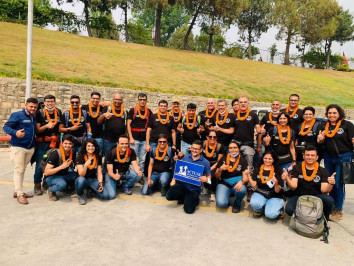
4th Jan, 2024

5th Jan, 2024
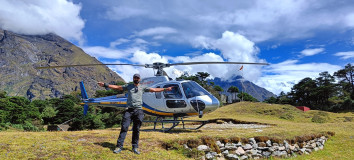
6th Jan, 2024
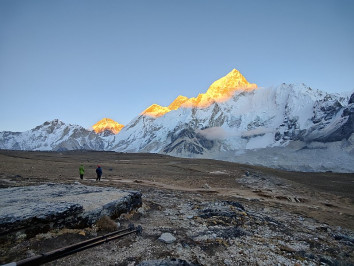
6th Jan, 2024
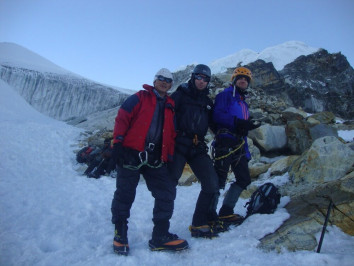
9th Jan, 2024
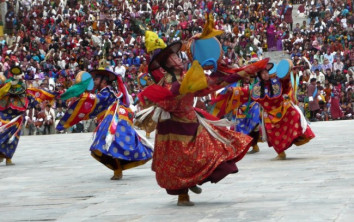
10th Jan, 2024

10th Jan, 2024

10th Jan, 2024
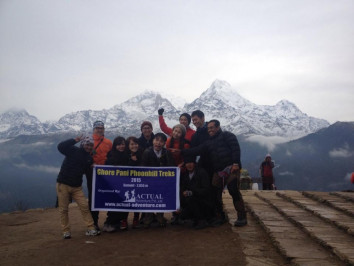
10th Jan, 2024
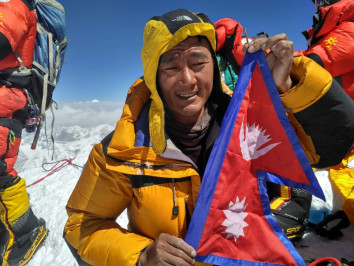
11th Jan, 2024
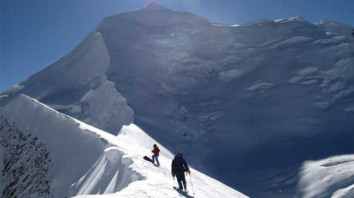
11th Jan, 2024

12th Jan, 2024

12th Jan, 2024
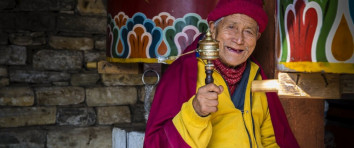
13th Jan, 2024
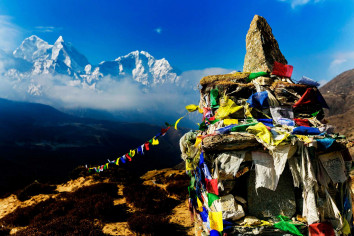
14th Jan, 2024
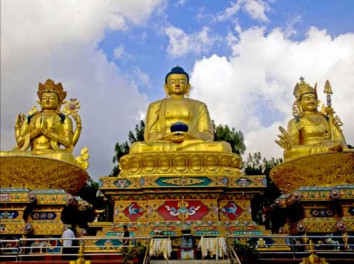
14th Jan, 2024

15th Jan, 2024
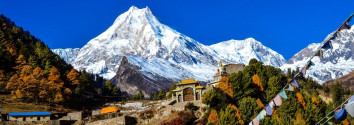
15th Jan, 2024
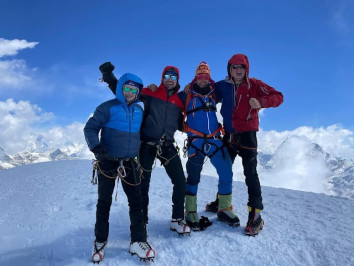
15th Jan, 2024
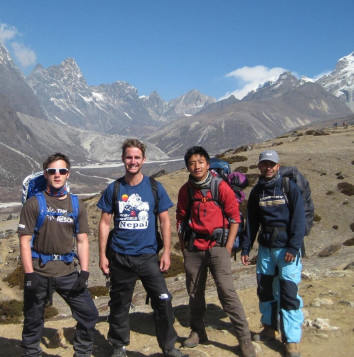
16th Jan, 2024
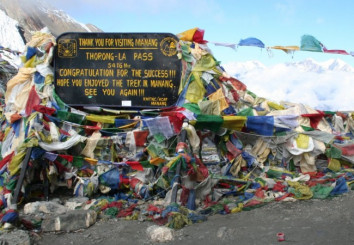
16th Jan, 2024
.jpg)
16th Jan, 2024
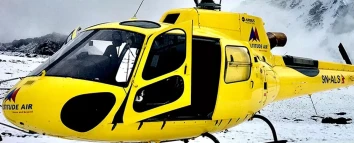
16th Jan, 2024
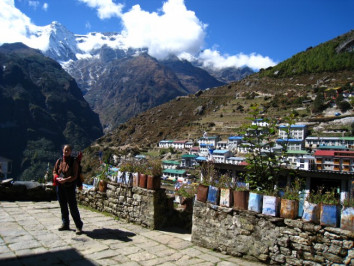
18th Jan, 2024
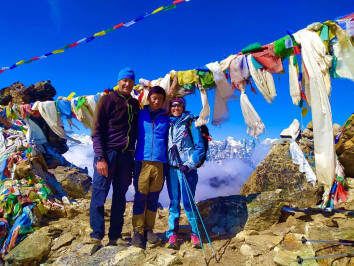
24th Jan, 2024
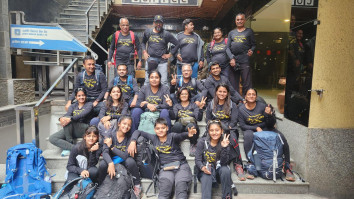
26th Jan, 2024
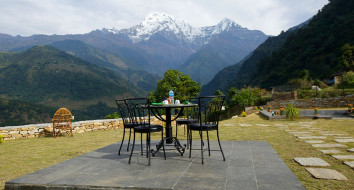
28th Jan, 2024
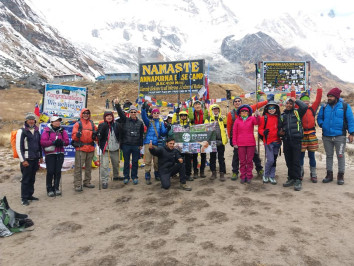
28th Jan, 2024
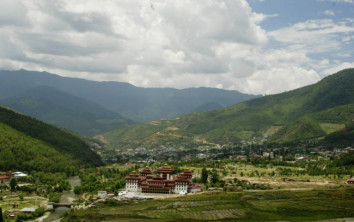
30th Jan, 2024
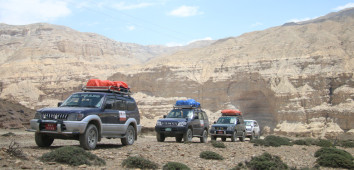
30th Jan, 2024
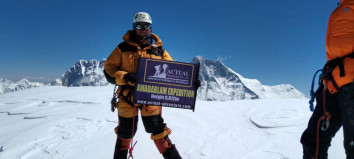
2nd Feb, 2024

2nd Feb, 2024

2nd Feb, 2024
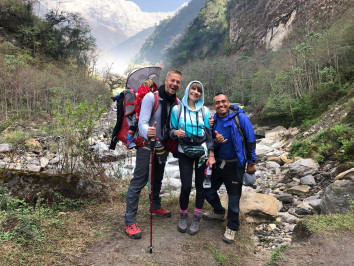
3rd Feb, 2024
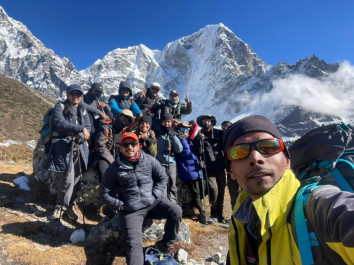
4th Feb, 2024

8th Feb, 2024
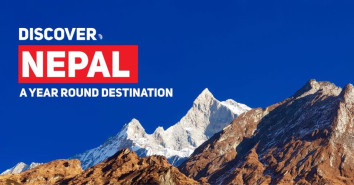
9th Feb, 2024

10th Feb, 2024
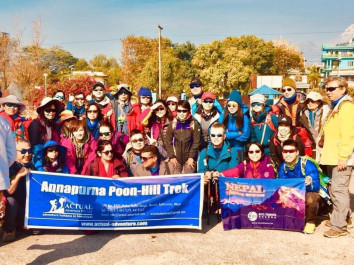
10th Feb, 2024

11th Feb, 2024

12th Feb, 2024

12th Feb, 2024
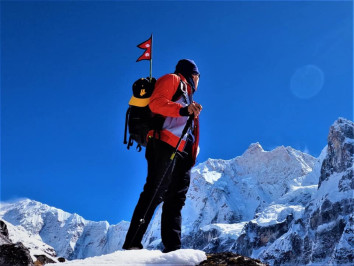
13th Feb, 2024
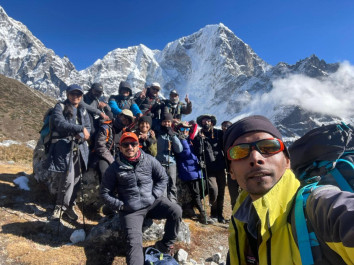
13th Feb, 2024
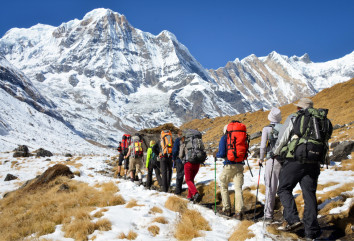
16th Feb, 2024
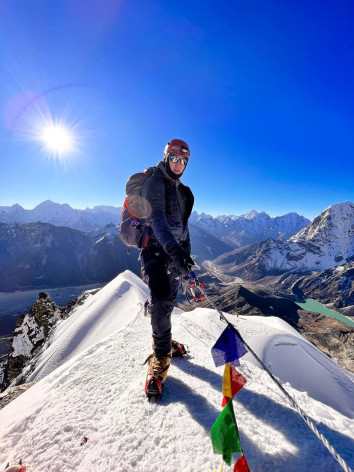
18th Feb, 2024

20th Feb, 2024
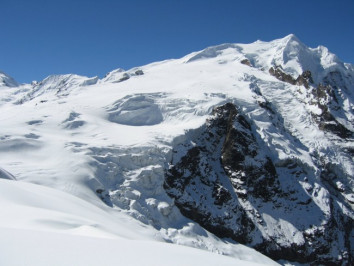
21st Feb, 2024
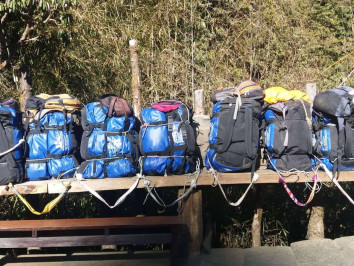
21st Feb, 2024

27th Feb, 2024
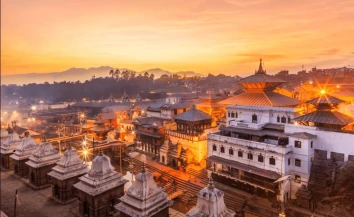
3rd Mar, 2024
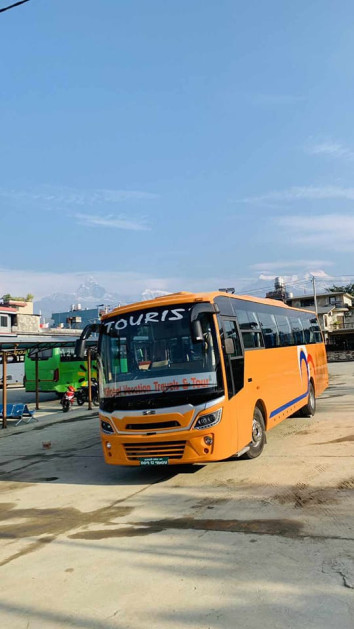
3rd Mar, 2024
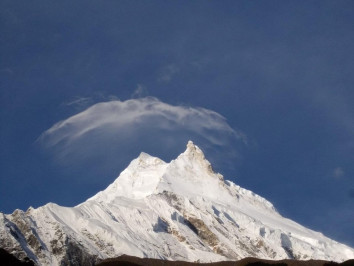
4th Mar, 2024
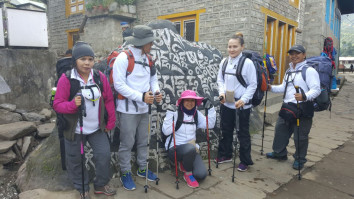
5th Mar, 2024
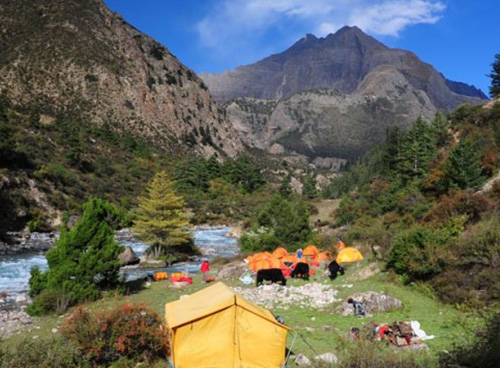
5th Mar, 2024

10th Mar, 2024

10th Mar, 2024

10th Mar, 2024
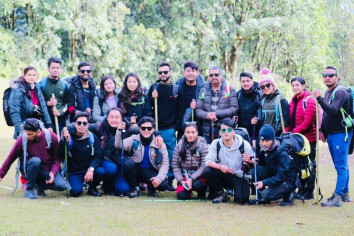
11th Mar, 2024

13th Mar, 2024

13th Mar, 2024
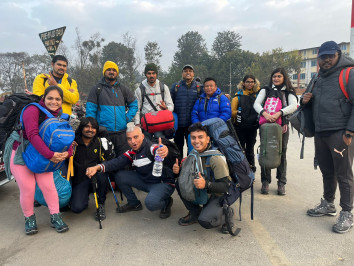
19th Mar, 2024
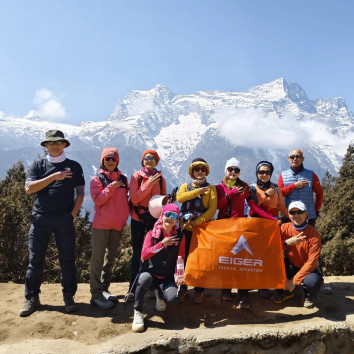
22nd Mar, 2024

26th Mar, 2024
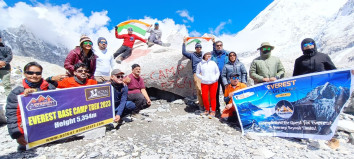
27th Mar, 2024

27th Mar, 2024
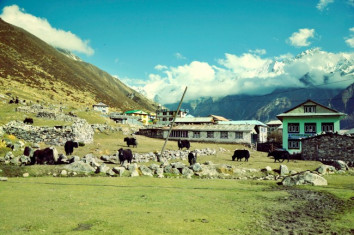
27th Mar, 2024
-1624864292-1.jpg)
28th Mar, 2024
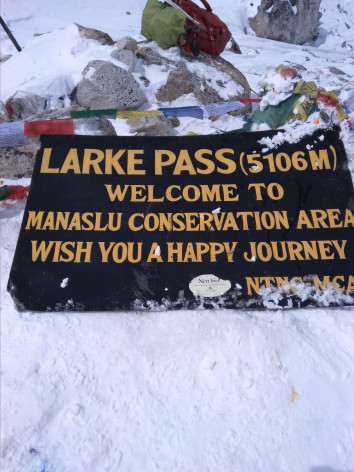
2nd Apr, 2024

2nd Apr, 2024

4th Apr, 2024
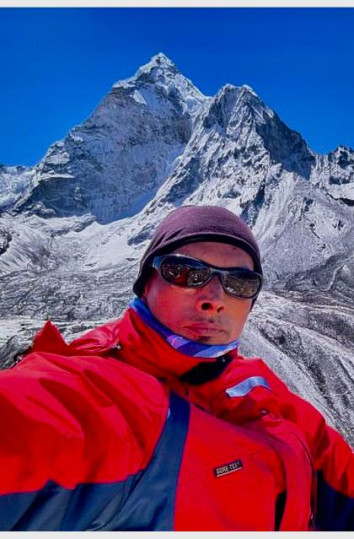
12th Apr, 2024
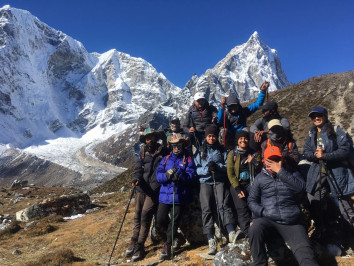



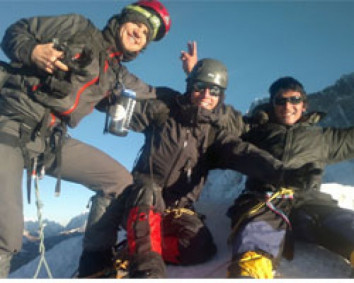
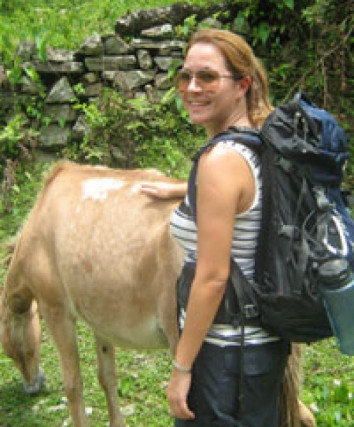
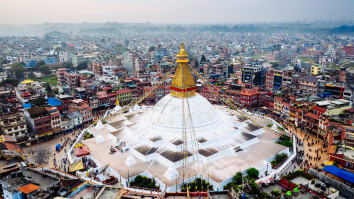

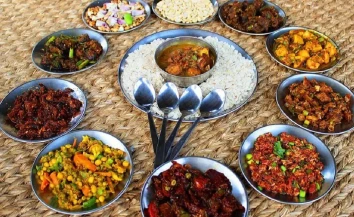
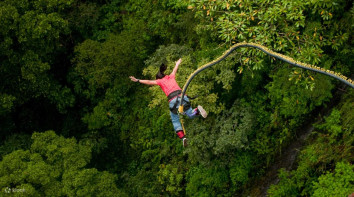
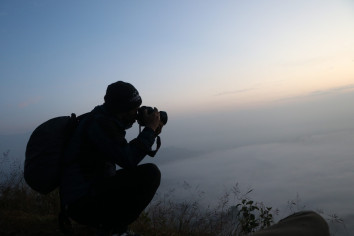
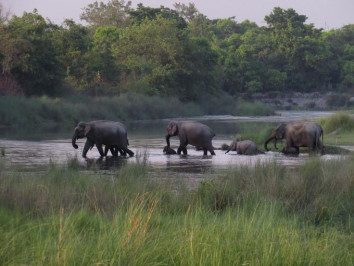
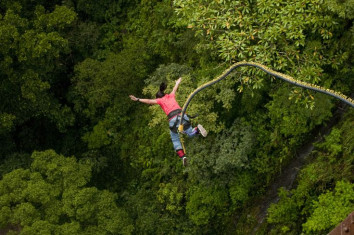
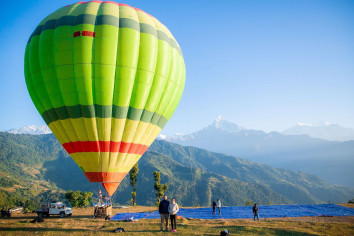


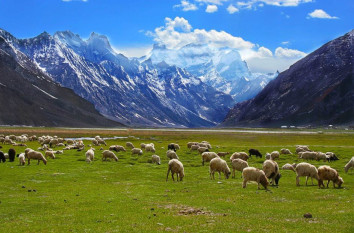



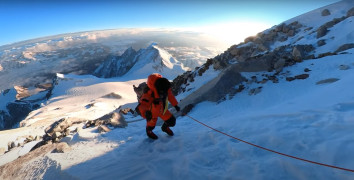
.jpg)

